Q: Myself and my husband both 72 have an SMSF. We both have 3 individual pension accounts in our fund. I have paid out the required minimum amounts for this year as per our accountants’ instructions. I’ve taken a lump sum of $110,000 out for each of us to make a non-concessional contribution before 30th June. So, our accountant will be commencing an accumulation account for both of us for that deposit. Question is – can I instruct my accountant which pension to take the $110,000 out of? I want them to take it out of the pension with the 90% taxable amount. If the answer is no that must mean the ATO regard every pension account as one fund (can’t find any reference to this on ATO site) also if people have multiple industry funds does this apply to them as well.
A: Certainly a big question to start off with. But Sandra, thank you for sending in your question. Look, initially, this is certainly possible. So long as we look at the required process, we meet the admin requirements, and all of those are addressed appropriately, this actually could work.
Let’s first of all look at how these rules work, how they operate, and what needs to be done. First of all, you can only ever have one accumulation account per super fund. And deed (trust deed) permitting, you can have multiple pensions, as many pensions as you like, really, within your self-managed fund. It’s quite common, as you’ve indicated in your current situation with multiple pensions being run. Each of those pension accounts and your accumulation account are treated separately. They’re referred to as separate member interests.
For the pensions, each of those pensions has its own minimum pension requirement. You can request payments to be made from each member interest in isolation from those other interests. What I mean by that is if you have a quick look at the slide there, you’ve got the Jones Family Fund, two members, Dave and Debbie, and you’ll see that David’s got an accumulation account and a pension account.
Debbie’s got an accumulation account and two pension accounts. The term account is the same as interest. David’s got two interests; Debbie has three. If you do it appropriately, if you follow the required process, you can request payments to be made in isolation from each of those separate interests.
Now, first of all, to address your question, each payment that is made from a pension account must be treated as a pension payment unless you request in writing and before the payment’s made that the amount being paid out is to be treated as a lump sum payment, otherwise referred to as a commutation. Every payment made from a pension account needs to be treated as a pension payment unless we ask for it before the payment’s made to be a lump sum. You could then say in that request for the lump sum from which member interest you want that lump sum to be paid. As you said, you would make the request for it to be paid from pension A or from pension B or from my accumulation account. Have that request in writing, detailing how much you want that lump sum to be. As I mentioned, from which account the payments to be made.
Just have a look at your member statements. It will say pension number one or pension A or pension B or pension two. Just put that in the written request. Then once you’ve made that written request, the trustees will then have a trustee minute/ trustee resolution, resolving to pay that as requested.
Look, I’ve got here a couple of sample documents, a lump sum withdrawal application request, and the Minutes of a Meeting where you would authorise that payment. Beware, these are simple examples. Don’t go and just print these out and use them, but I’ve included them to show you what would usually be included within the request and within the resolution. You’ll see that it matches what we discussed in those previous slides. Just check your own fund, check your fund trust deed. It may have its own sample documents which you can use, or it might have wording that needs to be included. I’ve just put these there to show you what they look like in order for that process to be followed.
Again, if you want to have a look more at this, jump on the website and have a look at the Q&A around what’s required when making lump sum withdrawal. It’s a video from a prior webinar. We covered a lot of this in an earlier webinar in July last year around an introduction to self-managed funds and what that paperwork process looks like. I hope that answers your question.



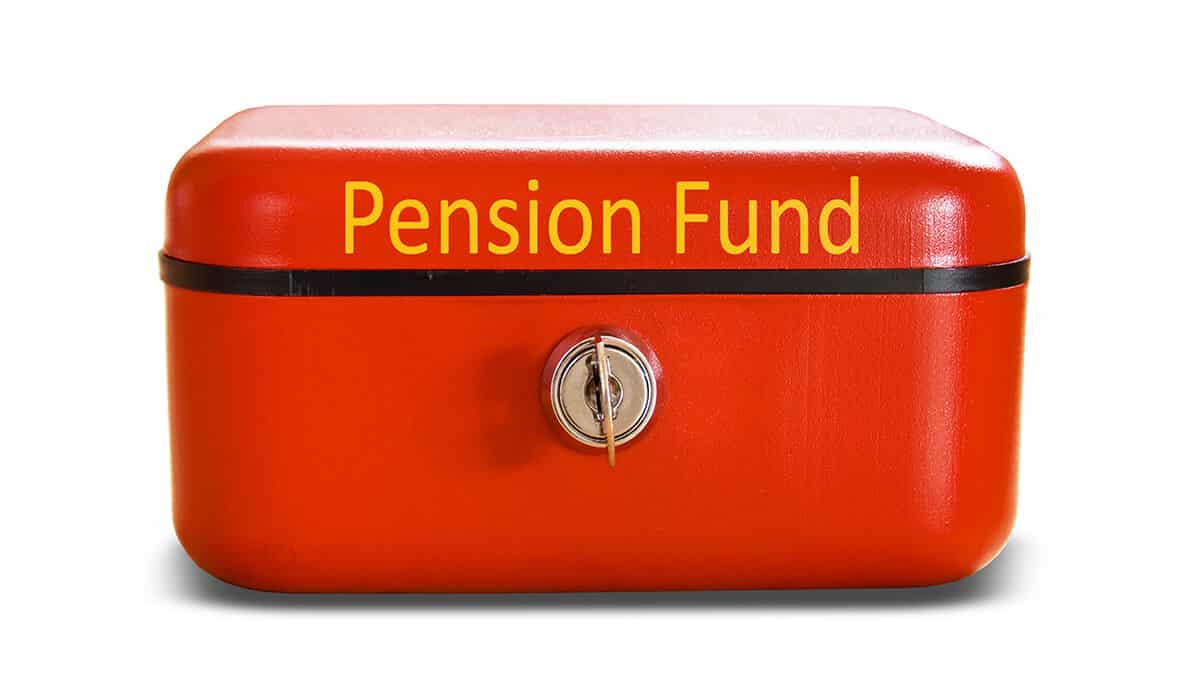

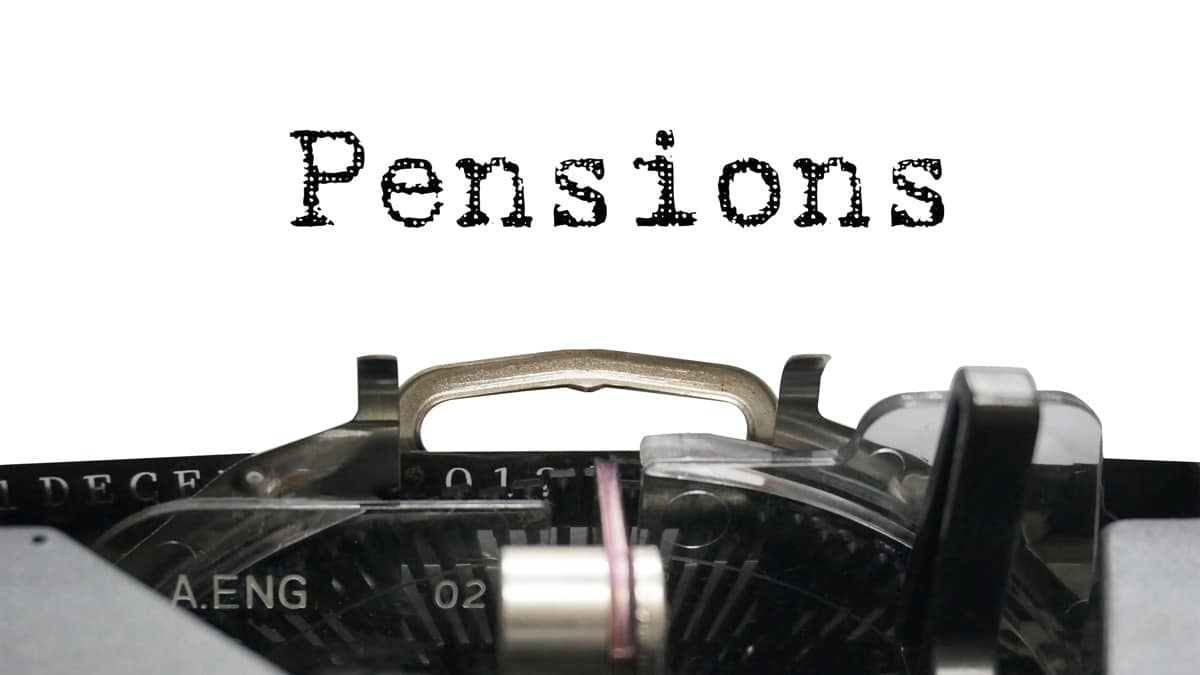

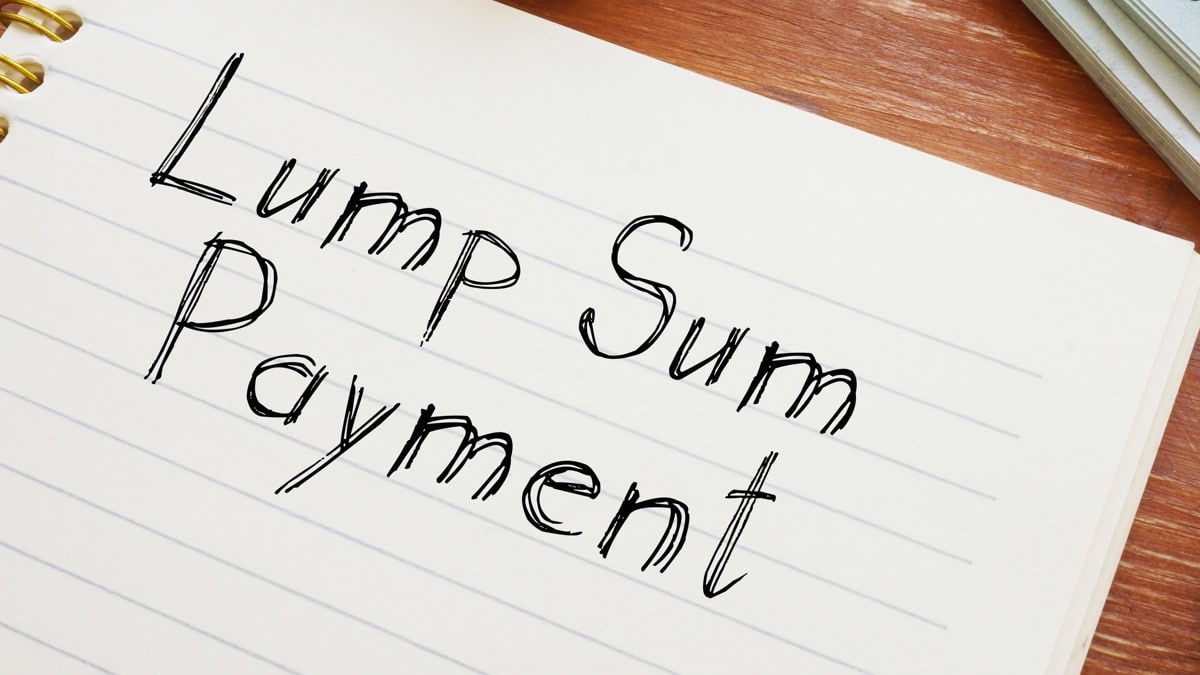






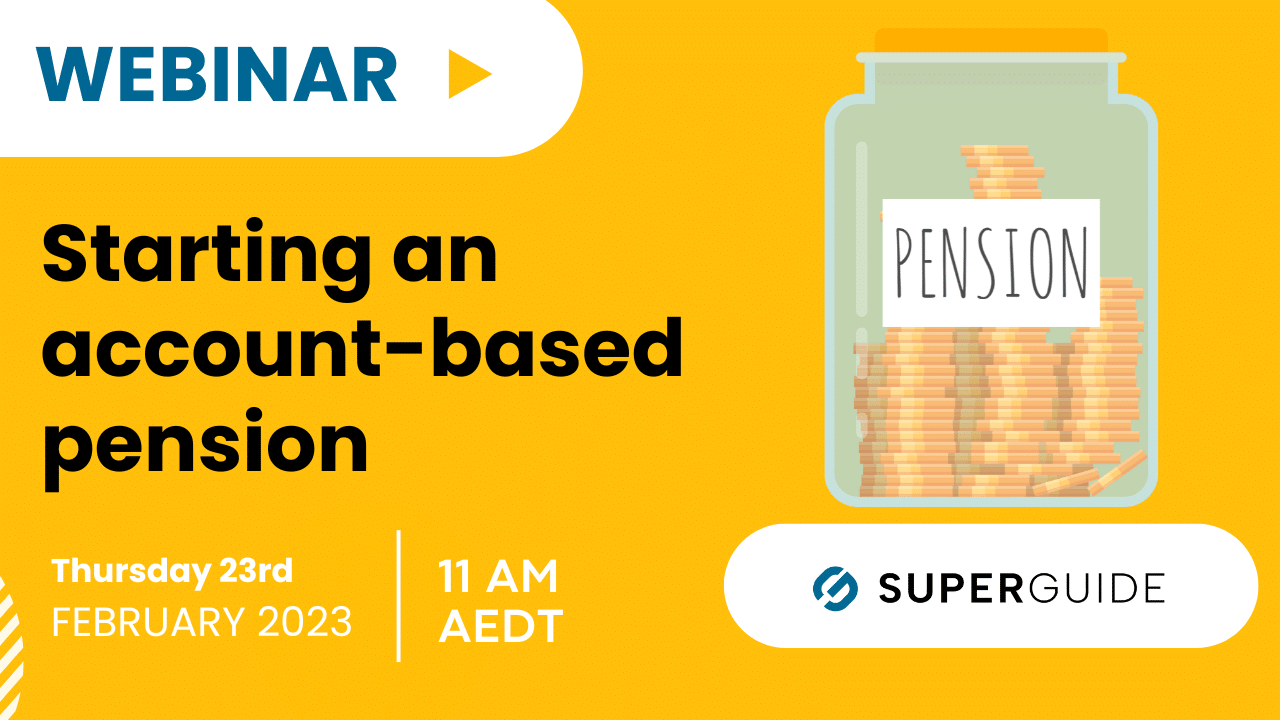
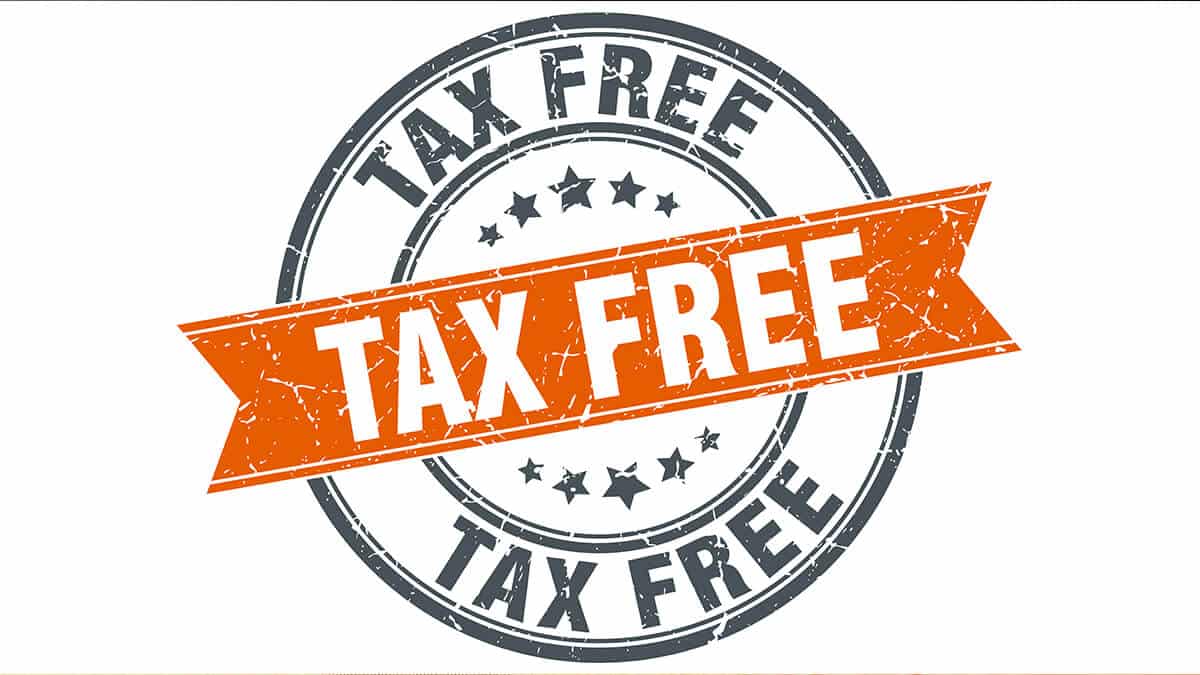

Leave a comment
You must be a SuperGuide member and logged in to add a comment or question.